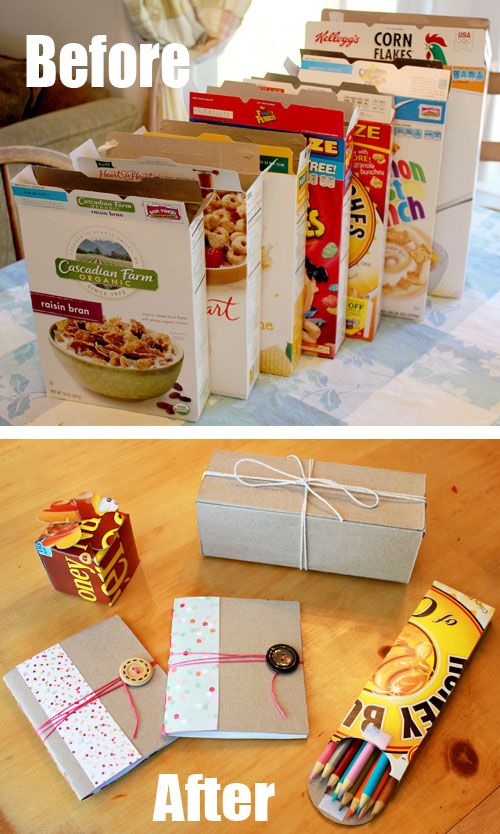If you can’t find it on Pinterest, it may not be worth looking for. Well worth a look for those in the business of making boxes, cans, jars, and other kinds of containers are the Pinterest boards on repurposing packaging for craft and practical applications. They’re all dedicated to the proposition that an empty package is an art object or a handy accessory waiting to be born—all it takes is a little vision and some hands-on TLC to give the original item a second life as useful as its first.

And why not? Packages are by definition sturdy, durable, and colorful. When used as craft materials, they bring all of these attributes to the project ready-made. Their carefully preformed structures almost cry out for something new to do when the contents they came with is gone.
This is what inspires the artisans of Pinterest to transform grain bags into purses, liquor bottles into soap dispensers, bottle caps into wind chimes, food boxes into iPhone skins, and soda cans into camp stoves. Some especially clever examples are to be found at the board maintained by Cory Zacharia and the one curated by JoAnn Hines.
It’s puzzling that brand owners in the consumer packaged goods segment aren’t doing more to encourage the creative re-use of their packaging. The advantages to CPG providers seem obvious. A package that somebody makes into something else is a package that stays out of the landfill, so there’s an environmental benefit (however small and difficult to measure). Time spent repurposing a package is bonus time for brand engagement. And if logos and brand marks continue to appear in the remade item, that’s prolonged brand exposure at no additional charge.
Coca-Cola pursued something like this opportunity last year with a campaign it called “2nd Lives.” Aimed at Asian markets, it involved distributing specially designed caps that people could use to turn Coca-Cola bottles into a variety of useful objects. For Halloween 2013, Domino’s Pizza created a series of stencils that let customers refashion pizza cartons as Box-O-Lanterns. In 2011, Pringles launched a music app in a promotion that included instructions for reengineering their empty potato chip cans into, we kid you not, instrument amplifiers.
These weren’t bad ideas, but the difference between them and the projects on Pinterest is that in the latter, the creative inspiration came from the end-using consumer, not the brand owner. With all due respect to branding and advertising agencies, most shops would be hard pressed to beat the ingenuity of what the “upcyclers” of Pinterest have with done packaging they could have easily discarded but saw other possibilities for.
The packaging industry is full of awards for boundary-pushing professional design. We’d like to see a competition that celebrates what happens when someone at home tips the last bit of cereal into the bowl, ponders the now-empty box, and starts to dream.










Discussion
Join the discussion Sign In or Become a Member, doing so is simple and free